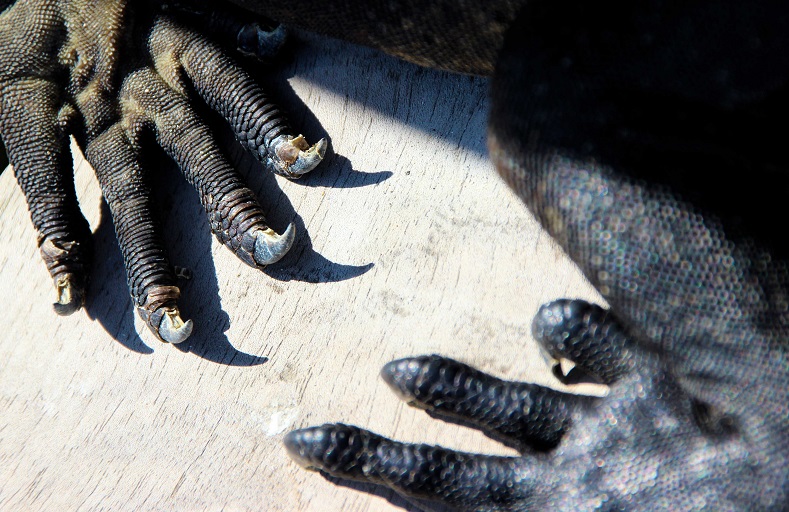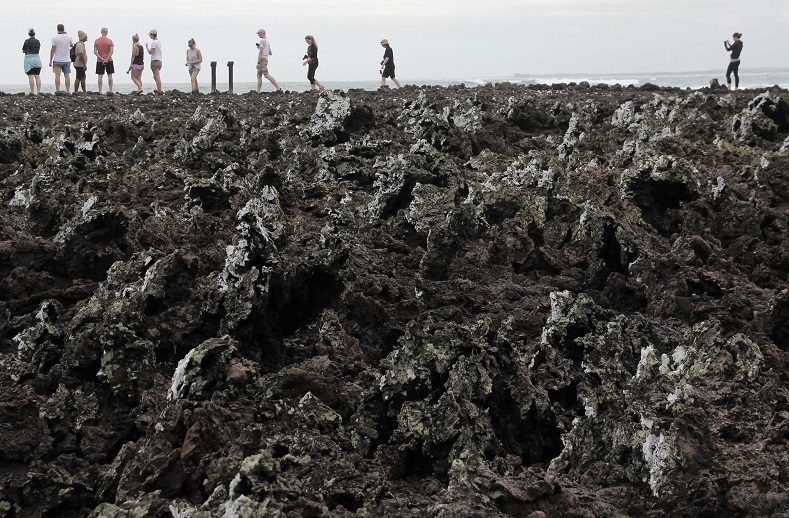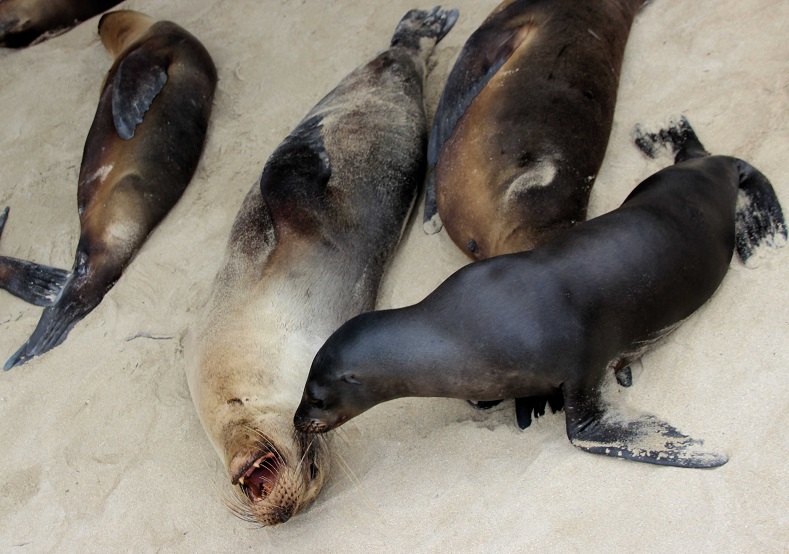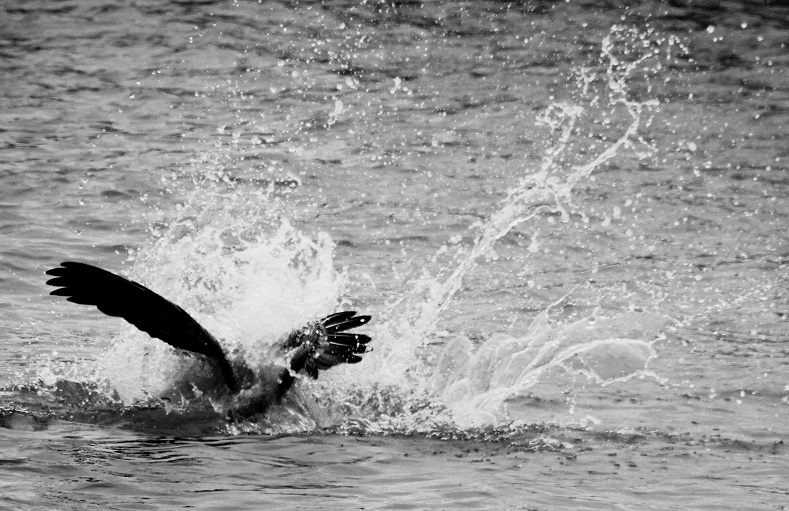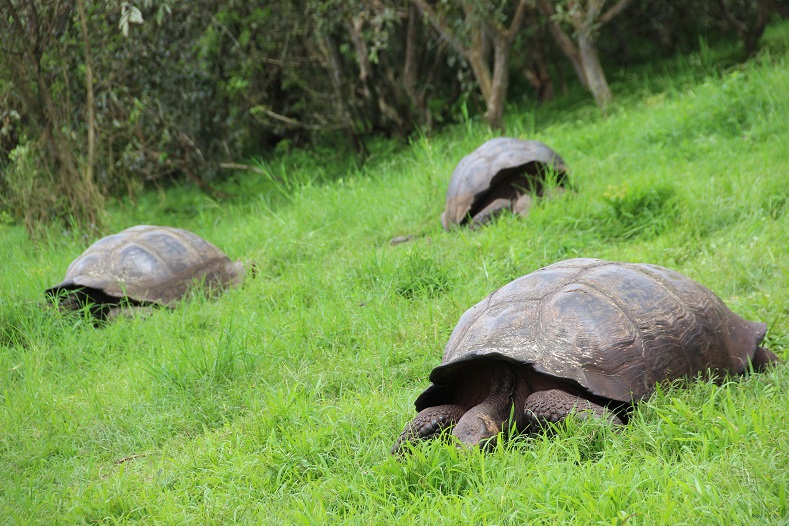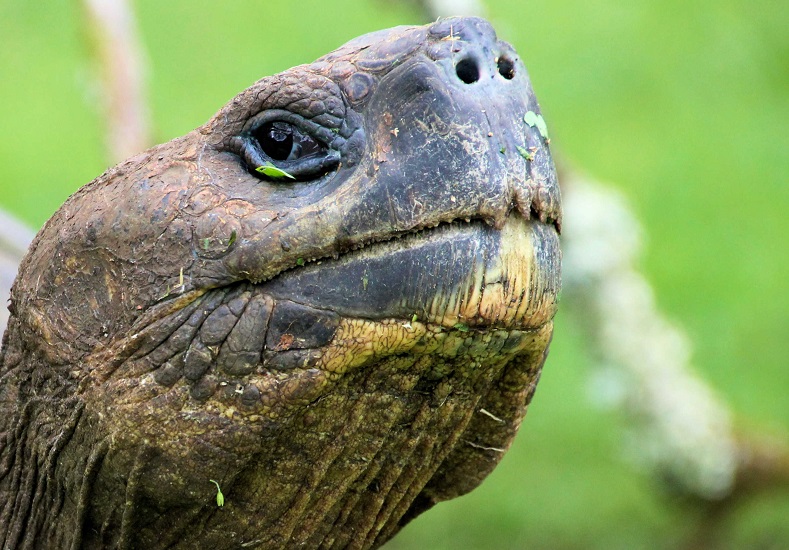Multimedia
> Galleries
The Animals of the Galapagos Islands
When it comes to biodiversity, the Galapagos Islands are legendary. This small, sparsely inhabited archipelago off the coast of Ecuador has been described by UNESCO as a “living museum and showcase of evolution,” and boasts some of the most unique wildlife on the planet. Over 1,000 species of wildlife living on the islands are found nowhere else in the world, ranging from the famous giant tortoises to the tiny finches that inspired Charles Darwin's theory of evolution.
 14
14
The marine iguana is one of the archipelago's most unusual animals. It's the only modern species of lizard that forages for food in the sea. While living on land, the iguana's main food source is seaweed, forcing this unusual lizard to spend much of its time combing the shoreline and even diving into the sea to find food.
Photo:Ryan Mallett-Outtrim
Photo:Ryan Mallett-Outtrim
The jagged volcanic rocks of the island of Las Tintoreras make for the perfect environment for marine iguanas to thrive.
Photo:Ryan Mallett-Outtrim
Sea lions are among the Galapagos' most playful inhabitants, and have little fear of humans. As many as 50,000 are estimated to live across the islands.
Photo:Ryan Mallett-Outtrim
Photo:Ryan Mallett-Outtrim
The Galapagos penguin is not only the world's second smallest species of penguin, but also the only type to live in the wild in the Northern Hemisphere.
Photo:Ryan Mallett-Outtrim
Much of the interior of the island of Santa Cruz is close to impenetrable due to the thick foliage. Across the Galapagos, there are as many as 600 native plants.
Photo:Ryan Mallett-Outtrim
Not all of the Galapagos is so lush. The crater-riddled landscape around Isabella island's Sierra Negra volcano is more like a post-apocalyptic wasteland than a tropical island paradise, complete with dried lava flows and piles of sulfur.
Photo:Ryan Mallett-Outtrim
Birds are everywhere in Galapagos, with more than 56 native species.
Photo:Ryan Mallett-Outtrim
The red rock crab may not be endemic to the Galapagos, but its distinct color adds some serious flair to the islands' pitch black, rocky shores.
Photo:Ryan Mallett-Outtrim
Another non-endemic species is human. The Galapagos is one of the few corners of the globe without an indigenous population. Around 25,000 people live on the islands, with most coming from mainland Ecuador.
Photo:Ryan Mallett-Outtrim
Perhaps one of the most surprising species of bird to be found on the islands is the Galapagos flamingo. With a population of less than 400, this species has the smallest population of any flamingo variety in the world, and is a startling sight in these far flung islands.
Photo:Ryan Mallett-Outtrim
And of course, the most famous inhabitant of the islands: the giant tortoises. The Galapagos is just one of two places in the world where giant tortoises can still be found in the wild, and have lived on the archipelago for as long as 3 million years.
Photo:Ryan Mallett-Outtrim
Photo:Ryan Mallett-Outtrim
Published
19 October 2015
 14
14 
